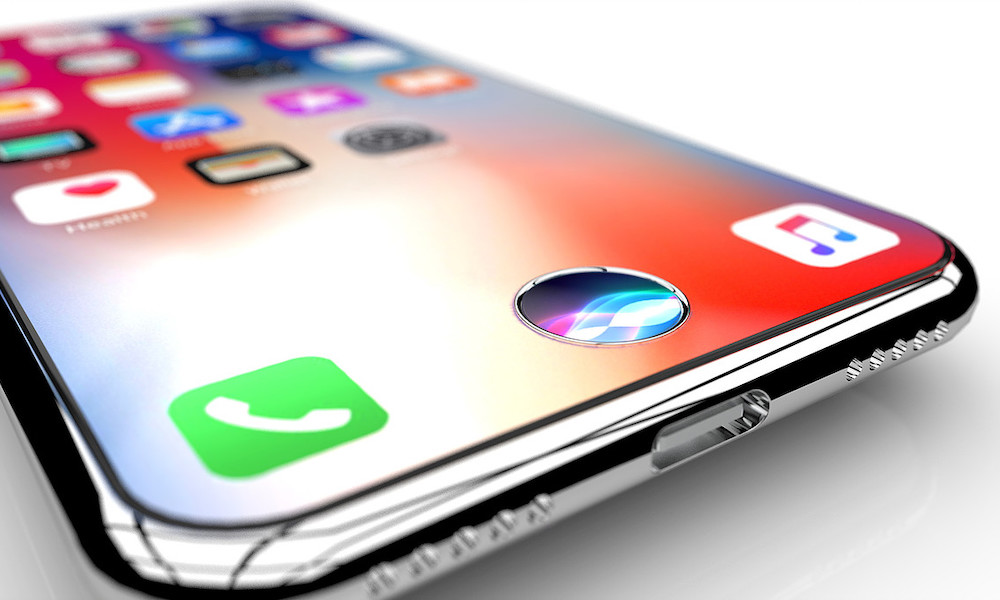Here’s Why Apple’s Next iPhones Will Feature New, Extra-Large Batteries
 Credit: Miloše Toman
Credit: Miloše Toman
Toggle Dark Mode
The latest iPhone generation hasn’t been out for very long, but we’re already starting to hear rumors and reports about what future iPhones may be like. However, one important rumor stands out, courtesy of the famed Apple prognosticator Ming-Chi Kuo: iPhone batteries are about to get a lot bigger.
- The analyst reports that the iPhone XS is due to receive an especially large battery boost, up to 25% larger than the 2018 version.
- The XS Max (the 6.5-inch model) is also expected to get a 10 to 15% larger battery for the next iteration.
- Interestingly, the 6.1-inch iPhone XR is expected only to see a 5% battery size increase, if that.
So, what’s the purpose behind the bigger batteries? It’s all about bilateral wireless charging, a new technology that’s a pretty big deal for smartphones.
You see, traditional wireless charging uses a charging mat that passes a current to the battery through induction. Bilateral charging (sometimes called reverse charging), however, allows the phone itself to act as a wireless charging mat, and in turn, charges smaller devices on its own.
An excellent example of this would be placing your AirPods wireless charging case down on the back of your iPhone to let it charge when there’s nowhere to plug your AirPods in. Makes sense. There’s just one issue: bilateral charging requires upgrades to batteries and extra power to make the process worthwhile. That means that Apple has to update its batteries (and possibly its AirPods too), giving them more charge and new abilities. This will allow users to take advantage of bilateral charging on occasion without seeing much of a difference in their iPhone’s battery life.
There’s a reason for Apple to be in a hurry about this, too. Competitors are already coming out with bilateral charging. The Samsung Galaxy S10, for example, can wirelessly charge other Samsung products like the Galaxy Buds and the Galaxy Watch. Apple may have extra incentive to catch up to this technology, too, especially after the failure of its AirPower charging mat project (now officially dead).
Of course, we don’t know how this is going to change the iPhone itself. The compact nature of the iPhone, especially the XS model, leaves very little room to make additions or adjustments. It’s a possibility that the next generation of iPhones could be bulkier than the past, or at least heavier – a marked change of course for Apple, and an acknowledgment that embracing new technologies may be worth some concessions in design.
Finally, this isn’t the only change we expect Apple to make to its iPhone charging capabilities. You can also expect the next generation to have improved traditional wireless charging, charging faster and filling up those larger batteries as quicker than ever. This would also help the new iPhones catch up with Samsung’s Galaxy 10 models, which have already made similar improvements ahead of the Cupertino tech giant.
Need more juice? Check out this LithiumCard Wallet Battery – a sleek, fast and powerful portable battery with built-in microUSB or Lightning connectors.
[The information provided in this article has NOT been confirmed by Apple and may be speculation. Provided details may not be factual. Take all rumors, tech or otherwise, with a grain of salt.]







